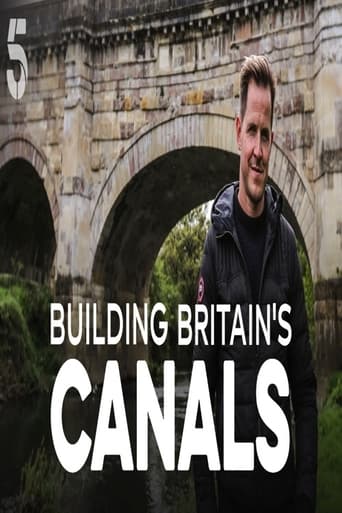
Leeds and Liverpool Canal
Writer and historian Dan Jones navigates Britain's longest canal to be built by just one company, the Leeds and Liverpool Canal. Built to link the economically booming counties of Yorkshire and Lancashire, this 19th-century superhighway was experimental for the time, and made Liverpool the busiest port in the world. In Burnley, the cotton capital of the 19th century, Dan visits the world's only steam-powered cotton mill, where enough cloth was woven each year to reach to the moon and back two-and-a-half times
Country: US
Language: En
Runtime:
Season 1:

Dan Jones examines Britain's most iconic canals, beginning with the 152-mile Grand Union Canal, which runs up the spine of the country. Constructed at the height of the Industrial Revolution, the task challenged even the greatest engineering minds of the time, including pioneers such as James Brindley, the man behind Britain's first commercial canal, and William Jessop, the person with whom responsibility lay for the building of the main link from Birmingham to London. Travelling along its route, Dan experiences first-hand the innovations behind its construction, including the Blisworth tunnel

Writer and historian Dan Jones navigates Britain's longest canal to be built by just one company, the Leeds and Liverpool Canal. Built to link the economically booming counties of Yorkshire and Lancashire, this 19th-century superhighway was experimental for the time, and made Liverpool the busiest port in the world. In Burnley, the cotton capital of the 19th century, Dan visits the world's only steam-powered cotton mill, where enough cloth was woven each year to reach to the moon and back two-and-a-half times

Writer and historian Dan Jones examines the creation of the picturesque Kennet and Avon Canal, which was born from a murky pool of dirty deals and demanding landowners. It came into being thanks to the genius of young engineer John Rennie, whose inspiration and innovations created a waterway that linked Bristol to London. Dan discovers how Rennie plotted the canal's route using the most basic of surveying instruments and marvels at the engineering innovations that made it all possible, such as the water-powered pumping station at Claverton


